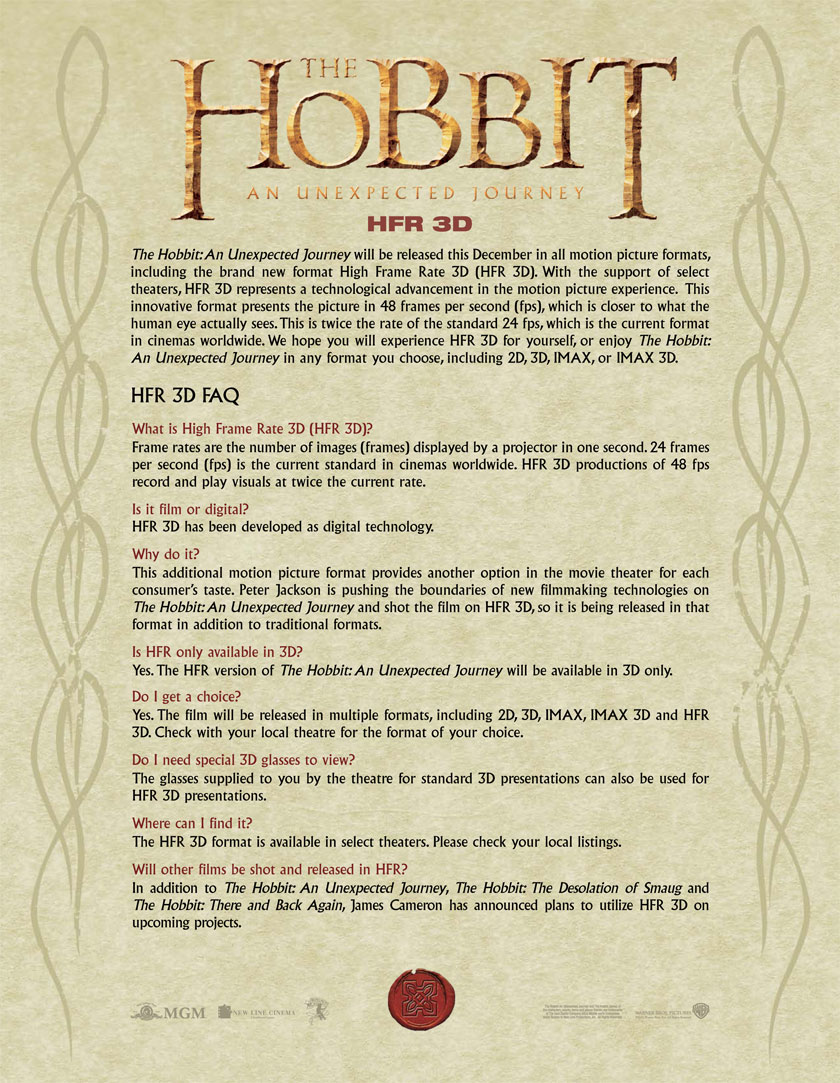The World’s Premier Conference for 3D Innovation
vale Ray Zone
The chairs and committee of the Stereoscopic Displays and Applications conference wish to recognize the contributions of 3D author and historian Ray Zone, who passed away last week.
We have read the many heartfelt and warm reports of Ray’s impact on and contributions to our stereoscopic 3D community. It is clear that Ray was an inspiration to many in the 3D community. He was warm and generous and always happy to share his vast knowledge with newcomers as well as with fellow experts. He will be acutely missed and remembered in the years to come.
As a tribute to Ray’s accomplishments in the world of stereoscopic 3D, the SD&A conference, SPIE and IS&T, have made available three items to help us remember Ray:
– A short candid 3D video of Ray at the _1992_ SD&A conference filmed by David Starkman. The video is available on YouTube3D here: http://www.youtube.com/watch?v=rgFCryWZtXM
– Then we can fast-forward 20 years to the _2012_ SD&A conference this past January to witness Ray’s conference presentation “Thinking in Z-Space: Flatness and Spatial Narrativity”
http://river-valley.tv/thinking-in-z-space-flatness-and-spatial-narrativity/
At the beginning of the video you can hear Ray saying “I’ve been coming to this conference now for 20 years on and off and it’s a joy to be here” – it’s not often that there is video evidence of that 20 year involvement!
– Finally, SPIE Press has kindly provided open access to Ray’s two published papers that were presented at the SD&A conference in 1996 and 2012.
The papers are:
Ray Zone (2012) “Thinking in Z-Space: Flatness and Spatial Narrativity”
http://proceedings.spiedigitallibrary.org/proceeding.aspx?articleid=1282677
and
Ray Zone (1996) “Deep image: 3D in art and science” (Keynote Presentation)
http://proceedings.spiedigitallibrary.org/proceeding.aspx?articleid=1013971
These papers will remain open access until the end of February.
You may also wish to visit his Wikipedia entry: http://en.wikipedia.org/wiki/Ray_Zone
We hope you will appreciate this opportunity to see, hear and read of Ray’s impact on the 3D community.
RIP Ray.
Andrew Woods
Co-Chair Stereoscopic Displays and Applications
